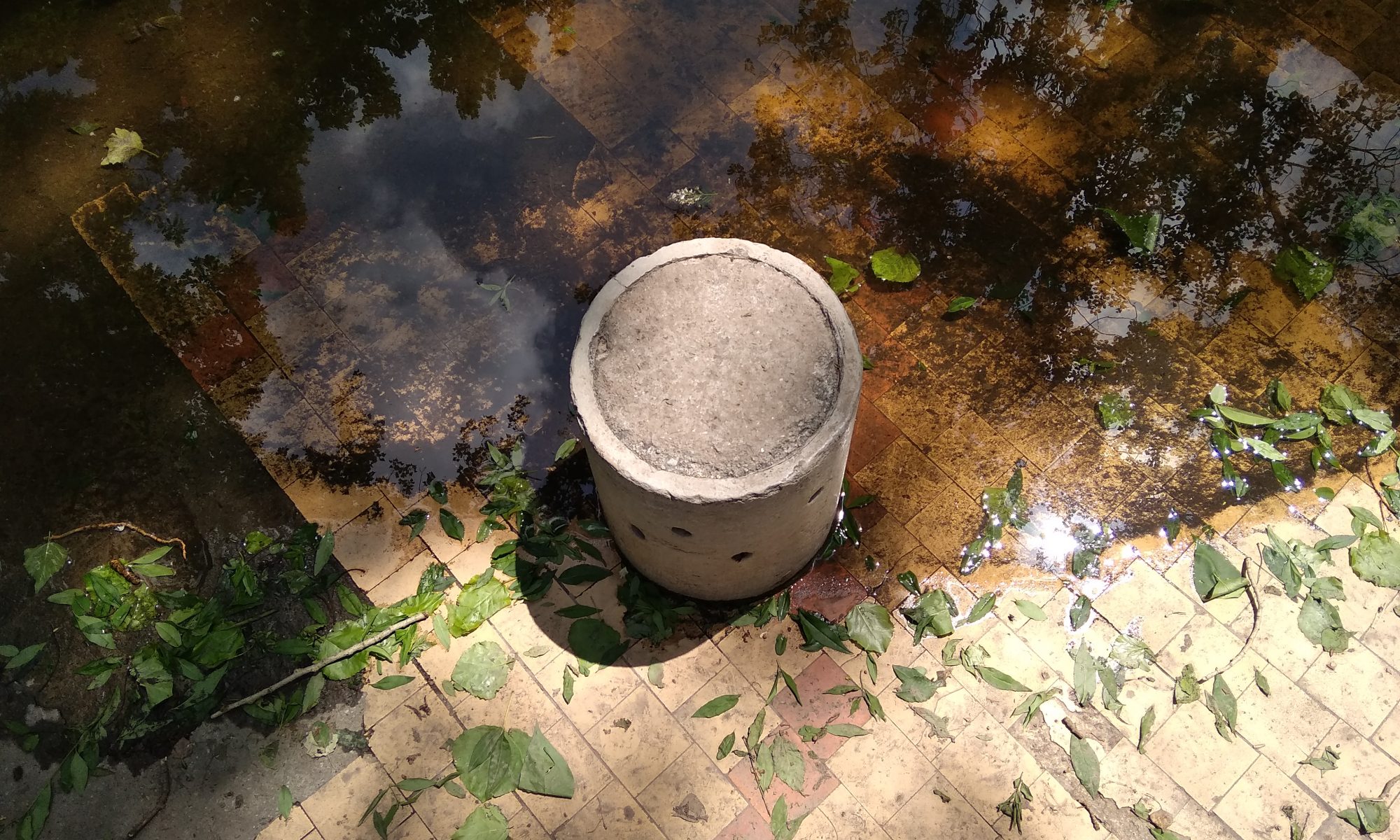This is going to be a mad summer for me, full of grant applications for neweurasia, doctorate discussions with professors here at Leuven, writing articles for academic journals, and beginning next week, starting a temporary job scrubbing toilets and mowing lawns from the break of morning into the afternoon. Yes, the man who just appeared on al-Jazeera last night will be a full-time groundskeeper and janitor for a month to help pay his bills.
Does it bother me? At the level of ego, of course it does: survival may dictate that I do this, but yes, it feels very much like abasement. At the level of the spirit, however, it doesn’t: because perhaps in some way I need to do be brought to my knees at this moment — quite literally, considering the number of toilets I’ll be scrubbing.
In practical terms, however, it may very well mean that this blog is going to be somewhat silent for the next month. Short though the job may be, it shall be time consuming. Although the previous times I’ve made such a prediction I always ended up blogging more, nevertheless, circumstances have put me in a reflective mood about this blog, and blogging in general. Why am I doing this?
Immediately, one answer comes to mind: therapy. Fellow Baha’i blogger Ben Schewel wrote a post a few weeks ago discussing the varieties of philosophical actions, but which can also be used as a taxonomy of philosophical motivations. An addition he could could make is Wittgenstein’s use of philosophy as therapy. Wittgenstein is famous for his Philosophical Investigations, which were essentially a journal, but not in the traditional, entirely private sense; rather, they were dually intended for personal exorcism and public reflection and conversation. In other words, it was a blog.
Yet, there is another aspect, something closely related to therapy but deeper. Strangely, when I think over my question, what comes to mind isn’t this blog at all, but Ashgabat, the capital of Turkmenistan, and the Baha’i House of Worship that was built there in the early twentieth century. That remarkable building, the first of its kind and a legend among the Baha’is alive today, and the Baha’is who struggled to raise it as the center of the first community ever to be organized according to the Teachings of the Faith, only to witness their work destroyed by earthquakes ideological and geological, somehow feels connected to my writings here and my work on neweurasia.
I sense some sort of thread, for thoughts of Ashgabat lead me to thoughts of the Baha’i World Center, where I was first introduced to the Faith. I’m trying to sew them together:
– I have not yet been physically to Ashgabat, but through my work I have frequently walked her streets, and as my brethren in spirit there before me, I do so in the struggle to achieve something experimental and progressive.
– I have also physically walked the streets of Akka and Haifa, but before becoming able to appreciate them, as though fate had treated as a philosopher and ushered me through the doors of knowledge when in reality I was a pauper and fool.
In both cases, I have been allotted experiences that other Baha’is and people in general, more deserving than I, have yearned for and never received.
Slowly, a kind of textile takes shape. What descends upon me now, as it has done so frequently before when I’ve been meditating and blogging, is a sense of — how to describe this? Not privilege per se, because I have been given gifts; and not gifts either, because they have really been bounties, overflows, I did nothing to merit or not merit them. I’m confronted with some kind of miracle — tiny, quiet, personal, but miraculous nonetheless — and some kind of grace.
I’m in my tiny room at the moment, seated upon a handmade Turkmen carpet that I purchased in Istanbul. The merchant claimed it’s over a century old; if true, it would have been woven at the same time that the Ashgabat temple’s foundations were first being struck. Shovels like needles piercing the earth and sewing a legacy, one that survives even after its original makers (from a Hegelian view, its original instantiations) had been deported to Siberia and Iran and its edifice stripped and demolished. The mortar was somehow digital, the prayers accompanying its erection somehow like the clicking of a keyboard late at night.
I think I’ve found the pattern: beyond everything else, I blog as a ritual — an act of worship, an act of desperation, an act of gratitude, an act of praise. This is a temple made of thoughts, transcribed in the binary calligraphy of zeros and ones. Ashgabat thus becomes a metaphor for myself, for I have raised this temple within the city of my being, a place so often prone to earthquakes of fear and narcissism. I have raised it to be a beacon upon the vast wastes of the Self, to help me, and to help other nomads, as we wander the digital desert.
O Son of My Handmaid! Quaff from the tongue of the merciful the stream of divine mystery, and behold from the day-spring of divine utterance the unveiled splendour of the day-star of wisdom. Sow the seeds of My divine wisdom in the pure soil of the heart, and water them with the waters of certitude, that the hyacinths of knowledge and wisdom may spring up fresh and green from the holy city of the heart. — Baha’u’llah, Hidden Words, Persian #78

